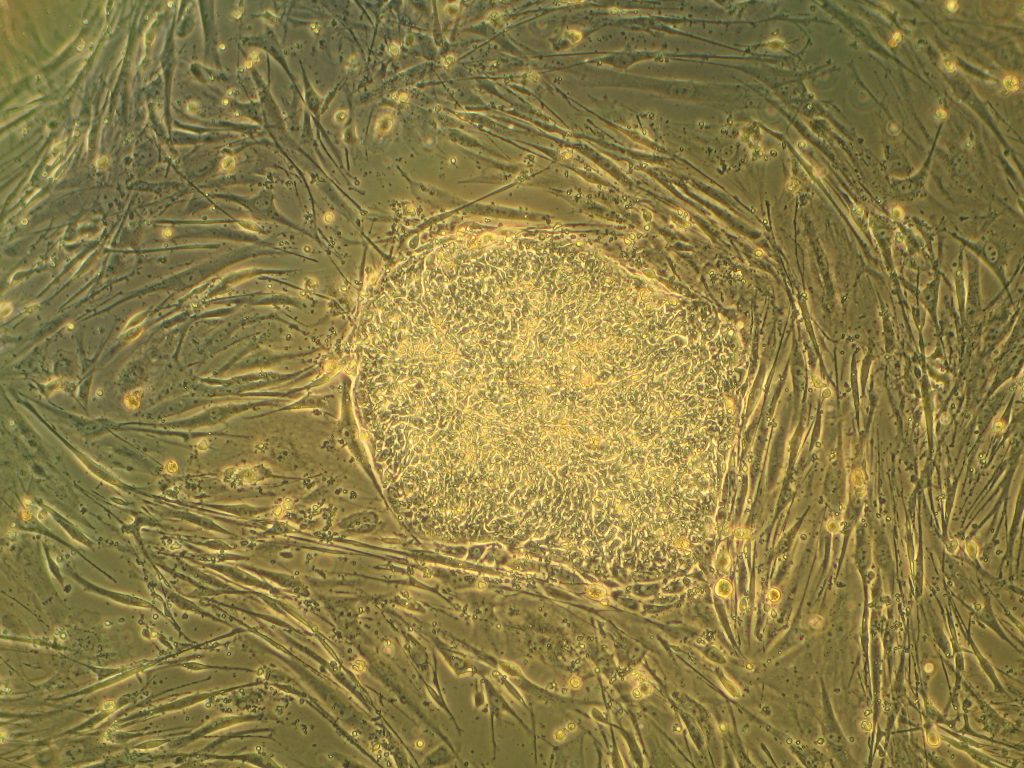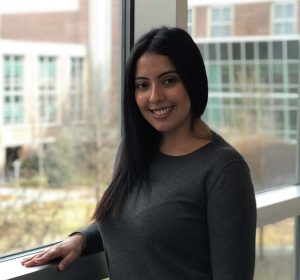 Speaker: María M. Coronel, Ph.D.
Speaker: María M. Coronel, Ph.D.
Postdoctoral Fellow, the George W. Woodruff School of Mechanical Engineering
Georgia Institute of Technology
Date: Thursday, February 18, 2021
Time: 3:00-4:00 PM EST
Zoom – check email for link or contact ksas@seas.upenn.edu
Title: “Engineering Synthetic Biomaterials for Islet Transplantation”
Abstract:
Two major challenges to the translation of cellular-based tissue-engineered therapies are the lack of adequate oxygen support post-implantation and the need for systemic immunosuppression to halt the strong inflammatory and immunological response of the host. As such, strategies that aim at addressing oxygen demand, and local immunological responses can be highly beneficial in the translation of these therapies. In this seminar, I will focus on two biomaterial strategies to create a more favorable transplant niche for pancreatic islet transplantation. The first half will describe an in-situ oxygen-releasing biomaterial fabricated through the incorporation of solid peroxides in a silicone polymer. The implementation of this localized, controlled and sustained oxygen-generator mitigates the activation of detrimental hypoxia-induced pathways in islets and enhances the potency of extrahepatic 3D islet-loaded devices in a diabetic animal model. In the second part, I will focus on engineering synthetic biomaterials for the delivery of immunomodulatory signals for transplant acceptance. Biomaterial carriers fabricated with polyethylene glycol microgels are used to deliver immunomodulatory signals to regulate the local microenvironment and prevent allograft rejection in a clinically relevant pre-clinical transplant model. The use of synthetic materials as an off-the-shelf platform, without the need for manipulating the biological cell product, improves the clinical translatability of this engineered approach. Designing safer, responsive biomaterials to boost the delivery of targeted therapeutics will significantly reinvigorate interventional cell-based tissue-engineered therapies.
Bio:
Dr. María M. Coronel is currently a Juvenile Diabetes Research Foundation postdoctoral fellow at the Georgia Institute of Technology. Dr. Coronel completed her BS degree in Biomedical Engineering from the University of Miami, and her Ph.D. degree in Biomedical Engineering from the University of Florida as a National Institute of Health predoctoral fellow. Her doctoral work focused on engineering oxygen-generating materials for addressing the universal challenge of hypoxia within three-dimensional tissue-engineered implants. As a postdoctoral fellow, her research interest focus on engineering tools and principles to understand, stimulate, and modulate the immune system to develop controlled targeted interventional therapies. In addition to research, Dr. Coronel aims to be an advocate for diversity and inclusion in STEM as the co-president of the postdoctoral group and a founding member of the diversity, equity, and inclusion committee in bioengineering at Georgia Tech. Outside of the lab María enjoys cooking, baking, and traveling.

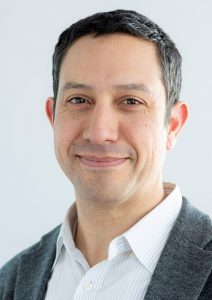 Speaker:
Speaker: 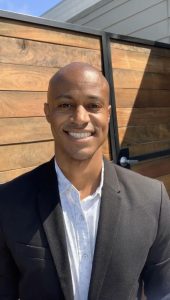
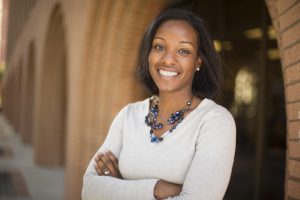
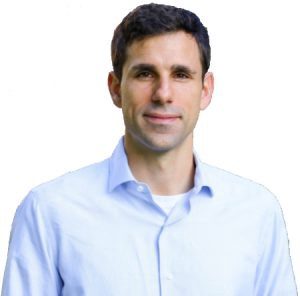
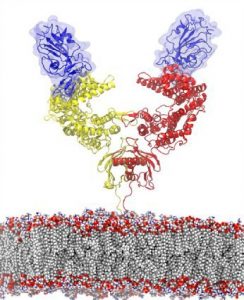
 Speaker: Tara L. Deans, Ph.D.
Speaker: Tara L. Deans, Ph.D.
